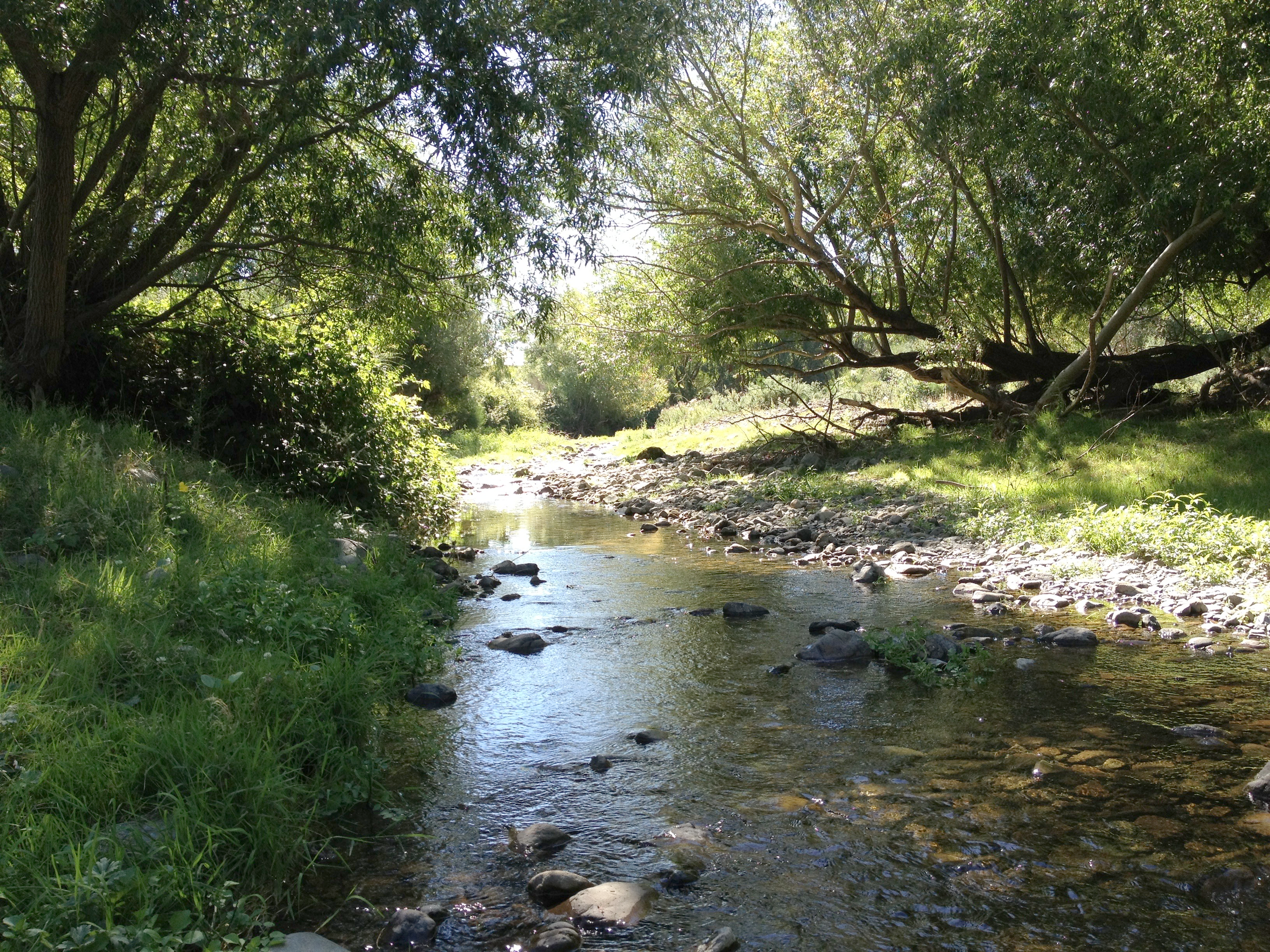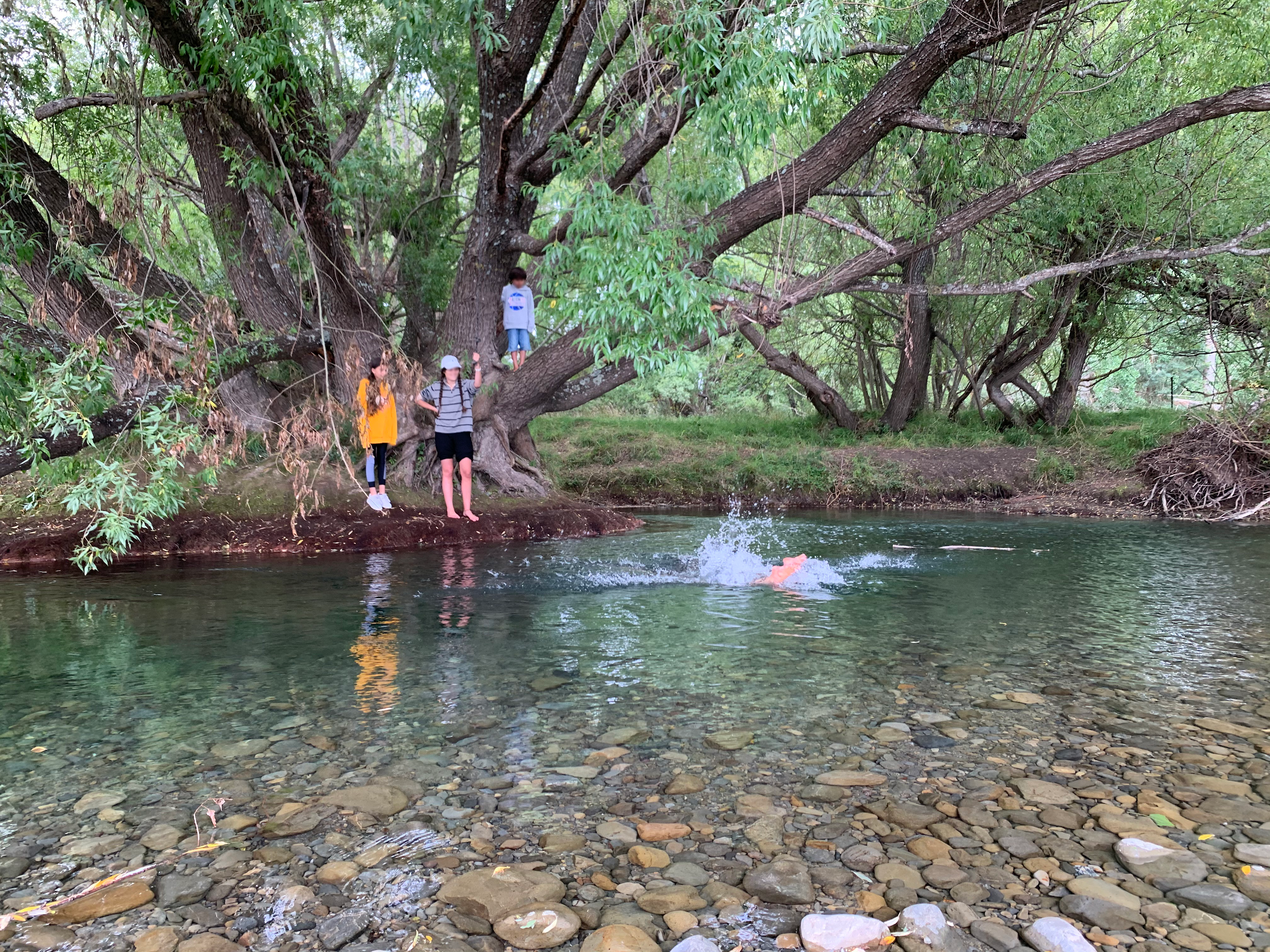Save White Rock.
DO nOT tURN oUR pRISTINE eNVIRONMENT INTO a dUMP.
PLEASE SIGN UP TO HELP STOP THE PROPOSED LANDFILL
URGENT
PLEASE SIGN UP TO HELP STOP THE PROPOSED LANDFILL URGENT
sIGN UP TO STOP THE LANDFILL.
Sign up to receive news and updates and show your support.
Protranz has applied to regional councils for consent to excavate a 4-hectare landfill at White Rock Quarry for contaminated soil, asbestos and building waste.
White Rock Community Incorporated is opposing the landfill proposal to protect the Karetu river, our drinking water, and the local environment for generations to come.
Protecting Our Community
Comes At A Cost.
We Expect To Have To Spend Over $250,000 To Keep The ProTraNz Landfill Out Of White Rock.
Any amount that you can give is an important contribution to keep our local environment safe. 100% of your donation goes to this cause.
A digital receipt is provided. Fill out your full details for shipping & receipts.
T- Shirts are $50, shipping (within NZ) an extra $10.

The characteristics of the proposed landfill site at White Rock contradict ‘best practice’ recommendations for selecting landfill sites. It is close to a river and is a limestone area, increasing the environmental risks of the proposal.
From www.environment.govt.nz | Landfill Guidelines Handbook by The Centre for Advanced Engineering, University of Canterbury, Christchurch, New Zealand:
In order to minimise future risk to the environment from landfilling […] Suitable geology is important to ensure containment of leachate in the long term, or in the case of failure of engineered containment systems.
[…] Because engineered liner systems have a finite lifetime, the ability of the underlying materials to minimise the potential for liquids to migrate out of the landfill into the environment should the liner either degrade, tear, or crack needs careful consideration.
[I]t is generally undesirable to site a landfill in areas with the following characteristics:
• high permeability soils, sands, gravels, or substrata;
• high permeability seams of faults; and/or
• Karst geology — regions with highly soluble rocks, sinks and caverns (for example, limestone areas).






